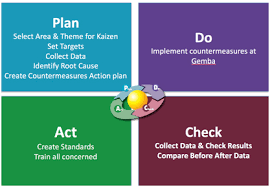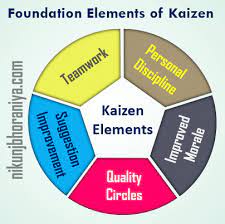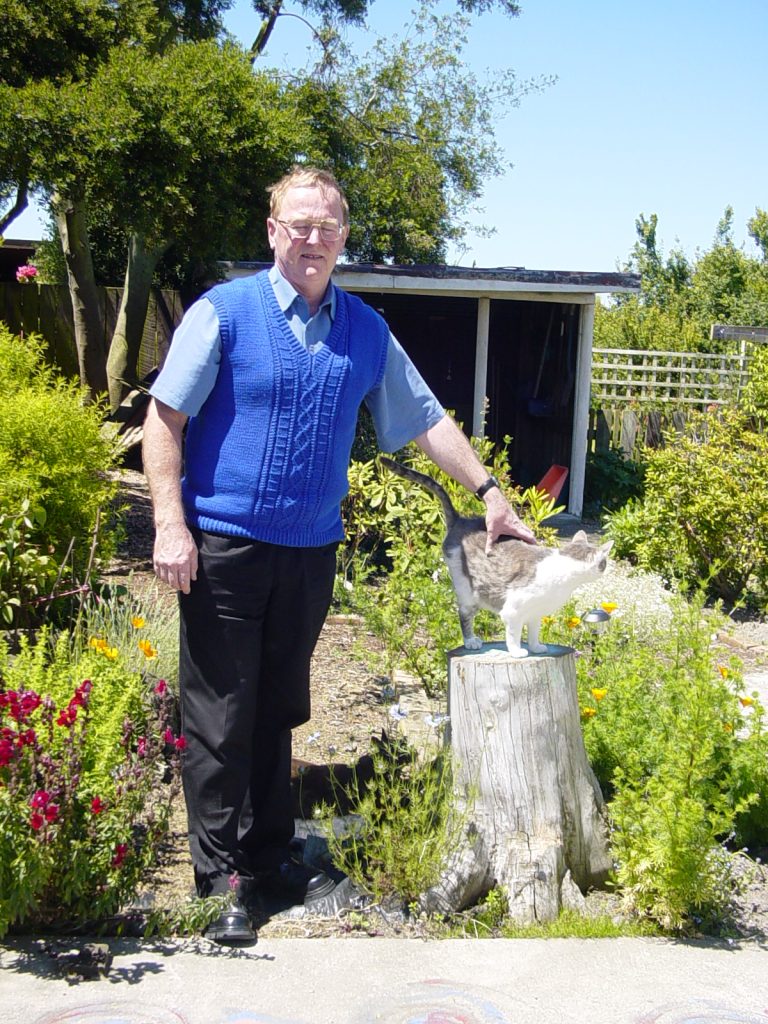Welcome to the Kaizen series. I hope you find the readings thought-provoking and inspiring. Please enjoy.
Kaizen is a philosophy in Japan, oriented at taking incremental steps towards improving business processes, products, and quality. It can be defined as a continuous effort by all employees of the organization to ensure continuous improvement of all the processes and systems in the organization.
It thus also helps in eliminating waste from the organization. It can also be applied to processes, such as purchasing and logistics, which cross organizational boundaries into the supply chain.
The Kaizen process aims at continuous improvement of processes and quality not only in the manufacturing sector but in other departments as well. In today’s world, Kaizen has been applied in different fields like healthcare, government, finance, software, and several other industries.
How is Kaizen implemented?
Kaizen activities are usually implemented by using the Plan-Do-Check-Act (PDCA) cycle. This ensures that there is always an ongoing cycle to monitor changes and continue to improve upon them.

Define the problem and develop potential solutions. The required objectives and processes are set, and information is gathered which is needed to get the expected output.
Implement the plan and execute the set processes. Collect data, if any, to be used in the subsequent phases.
Evaluate results to see if the solution satisfied the expected outcomes. Search for any deviations in implementations from the plan. Convert the data obtained into information.
Based on the information, if things are going well as per the plan, then take measures to stabilize the changes or otherwise, repeat the PDCA cycle if there are still some unresolved issues.
How does Kaizen work?
Kaizen works by reducing waste (muda) and eliminating work processes that are overly difficult (muri). It succeeds when employees at all levels of the organization hierarchy look for scope for improvements and provide their suggestions and feedback based on their experience and observations.
Generally, these suggestions are about small changes that can be made to existing business processes that can give positive results to the business over a long period of time. For this to work, it is important that it is made clear that any kinds of suggestions from anyone are welcome and there would be no negative impacts on participation. Instead, the employees will be rewarded for participation in the day-to-day activities.
Kaizen’s five primary elements:

Kaizen is founded upon five primary elements:
Quality Circles: A quality circle is a group of people who work on the same or similar project, and meet on a regular basis to identify, analyse and solve work‐related issues, if any.
Improved Morale: It is an important step in achieving long-term efficiency and productivity.
Teamwork: Kaizen strives to help employees think that all are part of a team and need to put in collective efforts to succeed.
Personal Discipline: A commitment to personal discipline by each employee ensures that the team will remain strong.
Suggestions for Improvement: Gathering feedback from all the employees ensures that all problems are addressed before they become significantly huge.
For more blogs, please visit www.NicksDigitalSolutions.com and choose Nick’s blog.
For E-Learning material, please visit www.NicksDigitalSolutions.com and choose the E-Learning shop (in particular, Pathways to Success).
Nick Thorne is the founder of Nick’s Digital Solutions Limited. He lives in Levin, New Zealand.

Nick Thorne performs a Cat Scan
